 History
History  History
History  Weird Stuff
Weird Stuff 10 Everyday Products Surprisingly Made by Inmates
 Movies and TV
Movies and TV 10 Actors Dragged out of Retirement for One Key Role
 Creepy
Creepy 10 Lesser-Known Shapeshifter Legends from Around the World
 Animals
Animals 10 Amazing Animal Tales from the Ancient World
 Gaming
Gaming 10 Game Characters Everyone Hated Playing
 Books
Books 10 Famous Writers Who Were Hypocritical
 Humans
Humans 10 of the World’s Toughest Puzzles Solved in Record Time
 Mysteries
Mysteries 10 Scientific Mysteries We Don’t Fully Understand
 Weird Stuff
Weird Stuff 10 Celebrities Who Have Admitted to Alien Encounters
 History
History Ten Revealing Facts about Daily Domestic Life in the Old West
 Weird Stuff
Weird Stuff 10 Everyday Products Surprisingly Made by Inmates
 Movies and TV
Movies and TV 10 Actors Dragged out of Retirement for One Key Role
Who's Behind Listverse?

Jamie Frater
Head Editor
Jamie founded Listverse due to an insatiable desire to share fascinating, obscure, and bizarre facts. He has been a guest speaker on numerous national radio and television stations and is a five time published author.
More About Us Creepy
Creepy 10 Lesser-Known Shapeshifter Legends from Around the World
 Animals
Animals 10 Amazing Animal Tales from the Ancient World
 Gaming
Gaming 10 Game Characters Everyone Hated Playing
 Books
Books 10 Famous Writers Who Were Hypocritical
 Humans
Humans 10 of the World’s Toughest Puzzles Solved in Record Time
 Mysteries
Mysteries 10 Scientific Mysteries We Don’t Fully Understand
 Weird Stuff
Weird Stuff 10 Celebrities Who Have Admitted to Alien Encounters
10 Historically Significant Sites Destroyed For Awful Reasons
Progress is pretty much all anyone cares about in the 21st century, as everyone is focused purely on looking ahead to the future with little regard for the past. In fact, so little attention seems to be paid to the past these days, that some pretty historically significant things have been utterly destroyed for some truly horrendous reasons.
Whether it’s for the sake of development, spite, or just plain stupidity, unfortunately sometimes important historical sites get demolished. Here is a list of some of the worst offenders.
10Everything Destroyed by MoMA
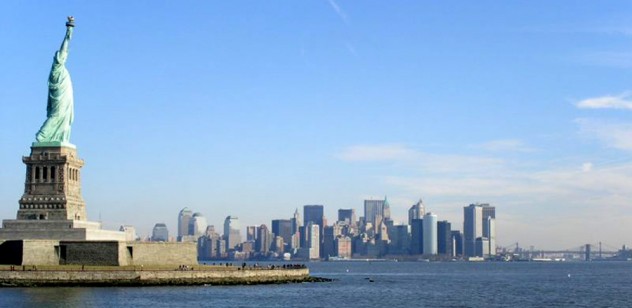
One would think that if anyone would be against destroying important pieces of culture and history, it would be a museum. When it comes to the Museum of Modern Art (MoMA) in New York City, however, that’s completely wrong. Over the years, the MoMA has acquired and destroyed several historically significant sites in order to make room for expansion, and just recently added another to that list when it purchased the American Folk Art Museum and promptly announced plans to demolish it.
One of the other buildings the people at the MoMA have destroyed is an old brownstone home, which would likely be just another in a long line of traditional Brownstones in the area but for the fact that it once belonged to John D. Rockefeller himself. Of course there is a catch to that one, as the MoMA was co-founded by Rockefeller’s wife, and the family donated the home to the museum, which then tore down the house and turned it into a garden. However, several of the other houses were not donated and were at the center of an effort to preserve what remained of the neighborhood. It was an effort that ultimately failed, with many of the historic homes being razed, along with buildings like the Dorset Hotel and the City Athletic Club.
9Civil Rights Site

Now here is an entry that would almost be funny if it weren’t so incredibly sad. George Elmore, owner of a small South Carolina store, had the audacity to put his name on a lawsuit calling for the end to all white primaries in the state. His participation in the lawsuit cost him his business and put him on the path toward financial ruin. For his part, however, he has been remembered as a civil rights pioneer and a historic marker was placed in front of his old storefront at a 2012 ceremony attended by city leaders and church members, praising Elmore for his bravery.
And then a week later the store was bulldozed, leaving that historic marker standing in front of a pile of rubble. Did we mention that church members were present at the ceremony honoring Elmore? Well this is the part where we tell you that it was the First Nazareth Baptist Church, which sat right next door, that had the building demolished despite the pleas of Elmore’s son. Did we mention that Elmore won that lawsuit back in 1947? That’s right, the people who tore down his store were the same people he helped achieve equality 65 years earlier.
8William Shakespeare’s Home

Let’s take our time machine back to jolly old 18th-century England — or rather, to not-so-jolly old England, and the final home of the one and only William Shakespeare. The home, in the small town of Stratford-upon-Avon, was where Shakespeare is said to have written some of his later works, including The Tempest, and the site of his death in 1616. Fast forward to 1753 when a man named Reverend Francis Gastrell purchased the home. Six years later, he had it demolished.
Why would he have the home completely destroyed, you ask? Well, it boils down to bitterness and irritation. As is the case with famous homes, it turned out to be a pretty popular spot for tourists. People, after all, were curious to see Shakespeare’s house. Think of it as the 18th-century version of a Hollywood Star Homes Tour. Gastrell quickly got fed up with people constantly walking by and looking at his home that he decided to just tear the whole thing down. It was a move that, as you might guess, did not exactly endear him to the townsfolk, and he eventually moved out of town to escape the people’s anger.
7Ancient Chinese Grave Sites
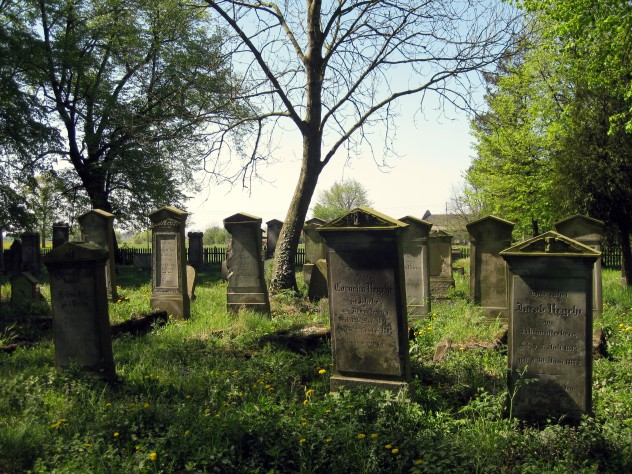
Despite what Lara Croft may lead you to believe, tomb raiding is not cool. In fact, it is very much the opposite of cool, in that, while the likes of Lara Croft and even Indiana Jones may accidentally muck up some history while trying to preserve it, real-life tomb raiders do nothing but destroy history. Of course these grave robbers think only of financial gain, which is exactly why it has become a huge problem in China, with tomb raiders using dynamite and even bulldozers to blunder their way into ancient grave sites.
These thieves break into tombs and steal whatever looks valuable, selling the priceless valuables within days on the black market. Sadly, this means huge parts of history are being lost, and these ancient and historic burial grounds are being desecrated in the process. To put into perspective just how bad this problem has gotten, a team of archaeologists investigated 900 tombs, only to find that each and every one had been raided. Unfortunately for China, it’s not just thieves doing their best to destroy ancient culture, as you’ll see in our next entry …
6Ancient Taoist Temple in Beijing
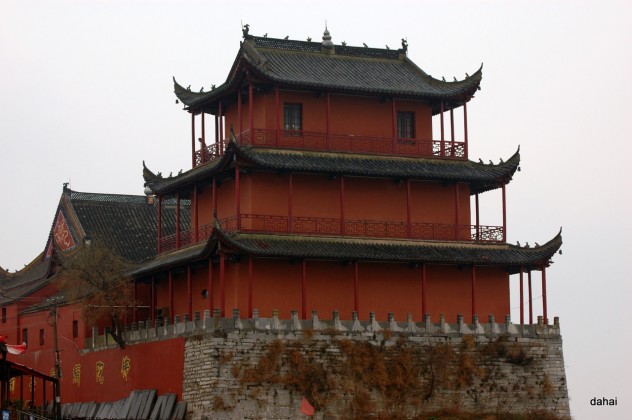
When Beijing hosted the Olympics in 2008, a lot of work needed to be done to prepare the city for the enormous event. That included building new, state-of-the-art stadiums and event centers, and in a city like Beijing, the land for such huge structures is difficult to come by. That’s why the government gave no second thought to demolishing countless pieces of Chinese history, including a 680-year-old Taoist temple that had been named one of the most significant cultural sites in the entire country.
Historic homes and statues were bulldozed in order to make way for shopping malls and skyscrapers, with the government winding up spending more than $22 billion — yes, that’s “billion”, with a “b” — to almost completely redo the city for this one event. Despite the fact that the Olympics have the capability to generate an enormous amount of revenue for the host country, that is still an insane amount of money spent to renovate one of the world’s most historic cities, and the real cost, as it turns out, was the loss of a huge part of Chinese culture.
5…And Most of China, Really

And unfortunately, as it turns out, there’s a staggering lack of care for preserving Chinese history within the country. Thanks to the continued land development throughout the country, a survey revealed that approximately 31,000 historical sites have been completely destroyed. This report comes from the State Administration for Cultural Heritage, from data collected over the past three decades.
Among some of the sites destroyed either in part or entirely, according to some reports, is a portion of the Great Wall of China. Illegal mining along the wall has led to the partial destruction of some segments. This all came about when the folks at the SACH set about trying to examine the hundreds of thousands of historical sites they had listed throughout the country, only to learn that tens of thousands had completely vanished thanks to the aggressive urbanization of the country. In one of the more ironic twists, included in the historic sites that has since been destroyed was the home of legendary architect I.M. Pei, which was demolished to make way for more modern architecture. Sadly, it’s probably a McDonald’s or something equally depressing at this point.
4Buddha Statues
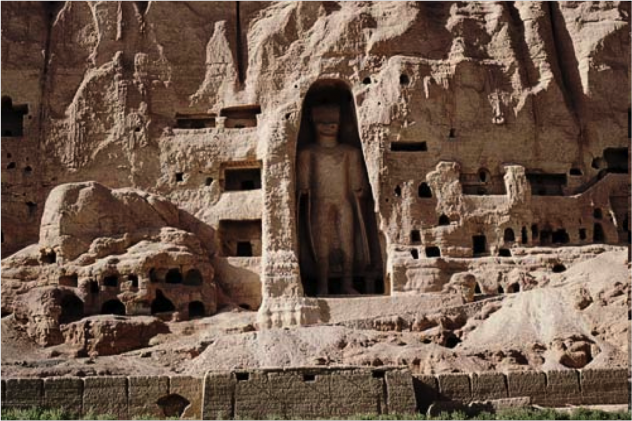
In the Hindu Kush Mountains in Afghanistan, there once stood 1,700-year-old Buddha statues of tremendous historical and cultural significance. We say “once stood” because back in 2001, the Taliban decided that all non-Islamic statues should be destroyed, including those ancient Bamiyan Buddha statues. The United Nations begged the Taliban to spare these statues, but shockingly found it impossible to reason with a group of extremists.
And so the Taliban drilled holes into the Buddha statues, filled them with dynamite, and proceeded to blow them up and reduce them to rubble. The edict issued by the Taliban that all statues be destroyed did not allow for any to be removed and transported to another country, meaning every bit of non-Islam heritage fell as the Taliban attempted to wipe all pieces of evidence of other religions from Afghanistan. Not surprisingly, the wanton destruction of all of these statues, particularly the Bamiyan Buddha statues, did little to endear the Taliban to the rest of the world.
3A Mayan Pyramid
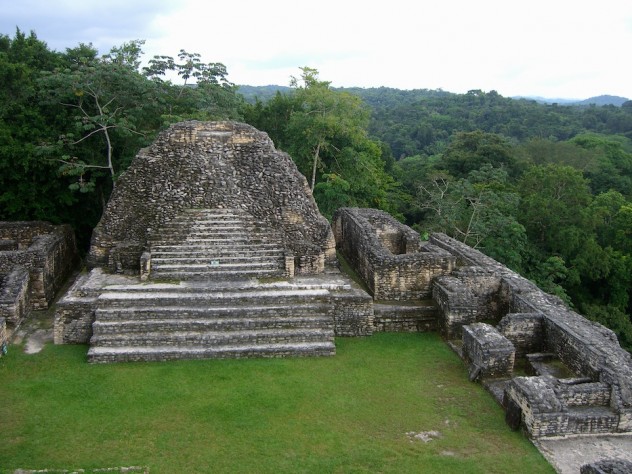
Imagine the embarrassment of a work crew when they’ve been tearing away at a big stone structure in order to create gravel to repair the roads, only to learn that you’ve just accidentally demolished a 2,300-year-old Mayan pyramid. Oops. Sadly, that’s exactly what happened just a month ago in Belize when a construction company tore down the pyramid, which was actually part of the protected Noh Mul ceremonial center.
According to experts, the construction company absolutely should have known it was in fact a Mayan pyramid, and the fact that the company has denied knowledge is almost laughable. To make matters worse, the maximum penalty is a $10,000 fine, which could never come remotely close to covering the damage since Mayan pyramids are pretty much, you know, priceless. Considering remnants of the lost Mayan civilization are relatively scarce, the fact that a piece of that ancient history was destroyed simply to fill in a few pot holes seems unfathomably stupid.
2The Berlin Wall
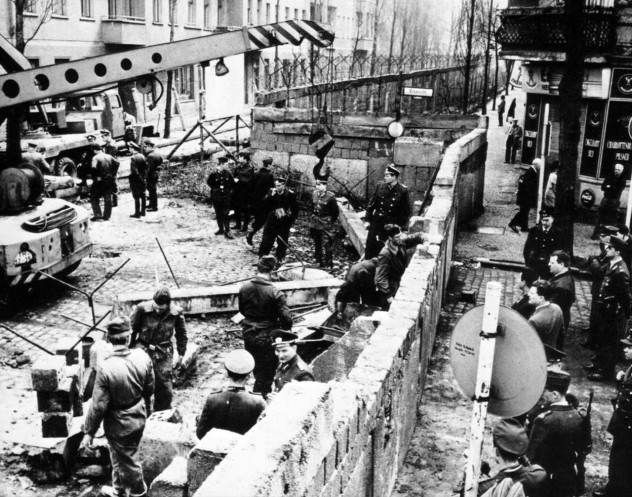
Before you say anything, yes, we realize that the Berlin Wall was partially destroyed as a result of the end of the Cold War. We remember Reagan’s famous words, too. That’s not the part we are talking about, however, because part of the wall remains and has become a cultural icon in the two decades following that historic event. Of course, now the rest of the wall will be torn down to make room for luxury apartments, a move that has angered many and led to thousands of Berliners protesting the decision.
Now, whether you think the wall should stay or go is irrelevant, despite the fact that it is a symbol of communist oppression. At this point, it has indeed truly become a symbol and a place of historical significance. Heck, even David Hasselhoff flew to Germany to join in the protests. Unfortunately, the Hoff’s German-sounding name wasn’t German enough, because the developers have decided to move right on ahead with the demolition anyway.
1Mecca
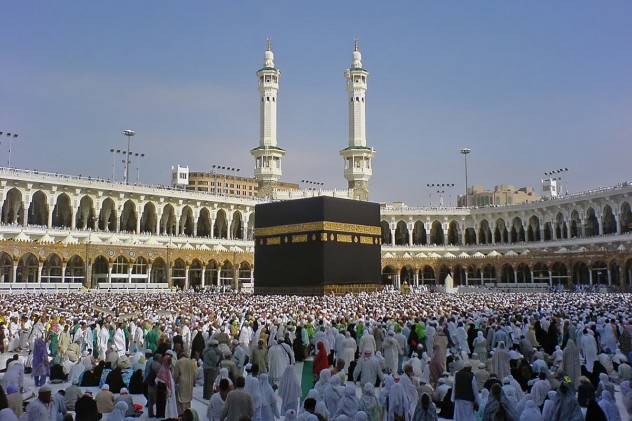
Mecca, for those who are unaware, is the holiest site in all of Islam. The city was the birthplace of the prophet Muhammad, the founder of the religion, and it is the place where Muhammad said that all Muslims would be equal. And now, today, it is slowly being transformed into the Middle Eastern version of Las Vegas. The holy city has become a victim of swift and progressive urbanization and capitalism, with its culture being paved away in favor of shopping centers, skyscrapers, and luxury hotels. Perhaps the saddest part is that much of the demolition has been ordered by the city’s actual Wahabi clerics, who believe that keeping the shrines equates to the sin of idolatry.
To a degree, the city has begun to look less like the holy land it once was and more like another Dubai. It has been argued that the city was in desperate need of at least some renovation and an improved infrastructure due to the massive number of pilgrims who make their way to Mecca each year, but the extent to which it has been changed and its culture buried has angered many historians and members of Islam, though few have spoken out for fear of losing access to the city and its remaining historical sites. One particularly egregious example is the fact that Muhammad’s first wife’s home has been demolished and turned into a public toilet. The symbolism in that alone speaks volumes about the current views these developers have on the city’s heritage.








